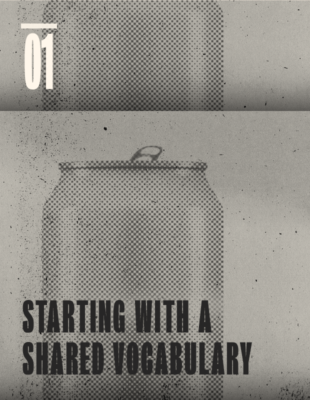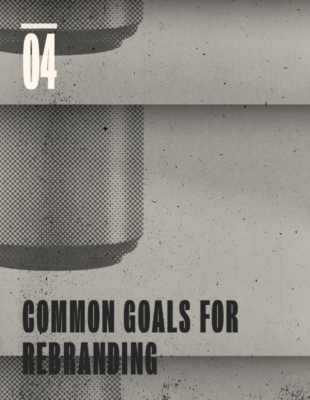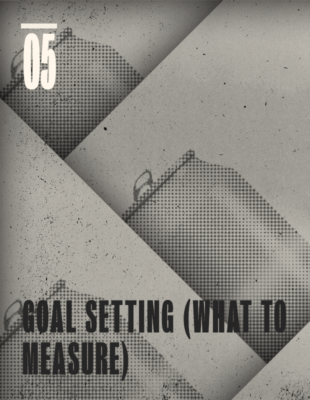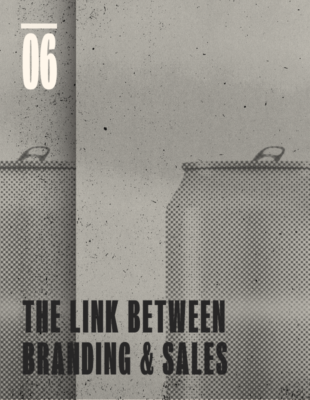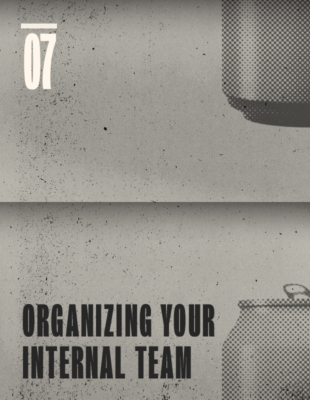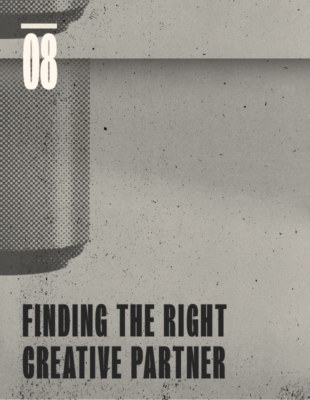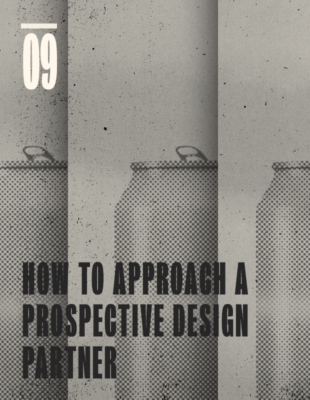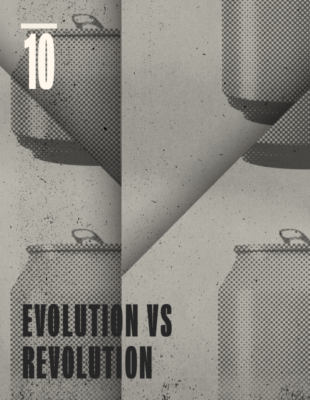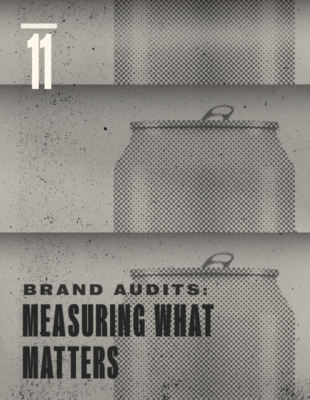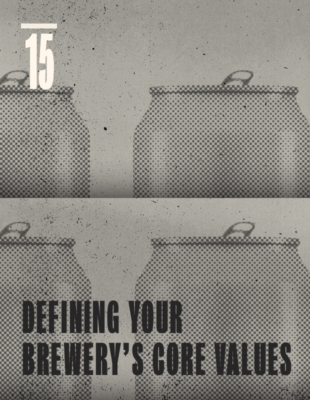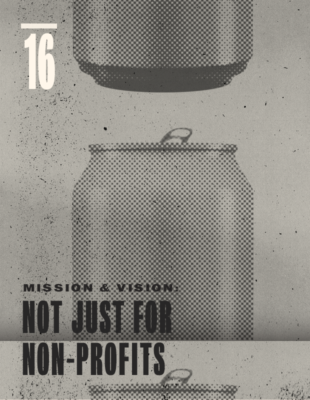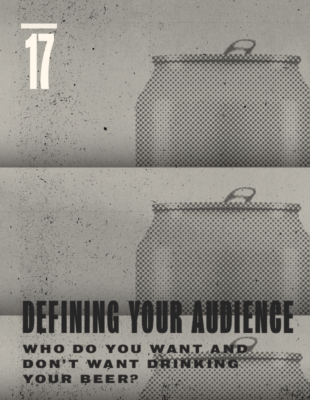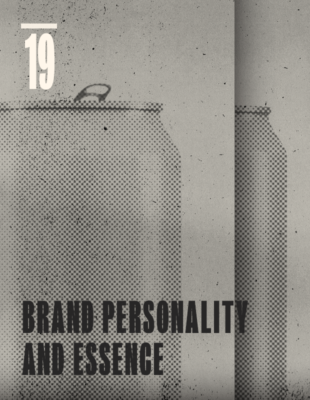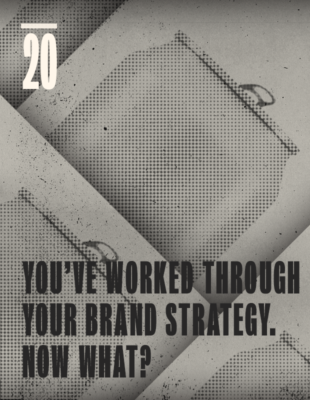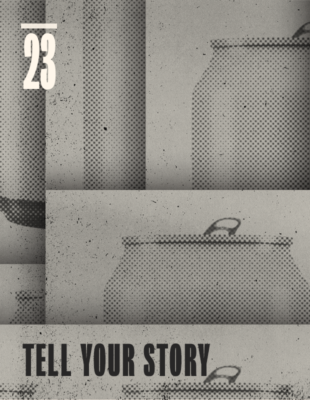
07
Organizing Your Internal Team
An important part of the rebranding process is assembling your team, both internally and externally. If you’re a small brewery, this is an easy decision. Include everyone in the process and call it good. But if you’re a larger outfit (25+ people), defining key stakeholder groups to talk to throughout the process becomes more important.
The branding firm you hire to handle your rebranding process will have their own list of people they want to talk to (big red flag if they don’t). We’ve found that the following groups are invaluable to the research and project management process.
Executive team
Your executive team (aka “Steering Committee”) includes the people who are directly involved in approval throughout the project. These are the folks with final authority to decide if a proposed logo or packaging concept passes muster or not.
While an egalitarian approach is nice in theory, in reality it can create friction and lead to watered down, vanilla work. Even in a small brewery (say, less than ten people), you should designate a small group of 4–6 people to actively be involved in the decision-making processes during the rebrand. Among this group will be the project sponsor—usually the marketing director, founder or CEO whose role is to champion the project internally, remove barriers and gather consensus along the way.
Internal team
While designating an executive team is crucial to ensuring you receive solid branding work and hit key deadlines, it’s still important to engage the rest of your brewery team. They have valid opinions and different points of view (it’s when you give all of them veto power that things can go off the rails).
We’ve found that one-on-one sessions and small group breakout conversations over beer are more productive than large group sessions. Large group sessions require a lot of effort and planning to manage effectively and are prone to people losing attention (texting under the table) and perhaps worse, granting certain people the opportunity to dominate the conversation because they’re either more senior or just louder.
Key accounts
Talking to key retailers can be a valuable exercise as well. These folks are your front line deliverers and do more selling than most realize. If someone out in the wild has a question about a beer, a retailer can make or break that sale for you. We like to talk to them to get a sense of how they see the market evolving and the role your brewery plays in it. Plus, involving them in the process shows them that your brewery respects their opinion (and can lead to more evangelizing).
Distributors
While your retail accounts can provide invaluable insights on the local market, your distributors have a lock on the quantitative data. They can tell you exactly how many cases of each SKU is moving per week, in what market and format, and how that all ebbs and flows with seasonal changes and stacks up against the broader market. They can also spot opportunities for marketing and emergent beer trends.
Investors & board members
Investors and strategic board members (depending on how active they are in your broader planning) can be great people to talk to because they have a lot at stake during this project. They can lend a much needed cold, hard and quantitative perspective that can be great to consider along with other (equally important) qualitative ideas gathered from the rest of your team.
Big egos can derail a rebranding project, and the larger your executive team, the more susceptible you are to this. Example: Someone who isn’t at the brewery day in and day out has very loud opinions that may not jive with the rest of your team. BUT, their opinion may still carry a lot of weight (maybe they’re the founder or an important investor or board member).
We’ve found that listening to that person—not just pretending to include them the process, but actually listening to what they have to say and incorporating their opinions into the overall strategy—is the best course of action. This is an issue that needs to be dealt with directly. Set aside your cynicism (and perhaps your own ego) and remember that they may bring an important idea or insight to the table.
So far, we’ve covered who needs to be involved in this process internally. Now, you have to do the important work of finding the right external design partner to handle your rebrand.
Your rebrand is one of the most important projects your brewery will ever undertake. You’re putting a lot of time and money into this and you owe it to yourself to work with an expert. With the right design firm, you’ll get an objective set of outside eyes sizing up your brewery’s situation, tapping into their industry connections and plying their knowledge of fast-moving consumer trends, all of which allows you to focus on the day-to-day work of making and selling great beer while your rebrand is in motion.
“The Swoop”
In one of our earlier brewery branding projects, we had finalized a group’s brand strategy and identity design and were just getting into the package design phase when we found out that one of their investors didn’t like the new look. This was someone we had never heard of, let alone talked to, but who still had enough power to veto what we were doing. He swooped in out of no where. Luckily, we were able to salvage the project by making sure that person was involved from that point forward, but it could’ve just as easily tanked the entire relationship. If you have anyone like this in your organization, they must be included early in the process to ensure a smooth project.
